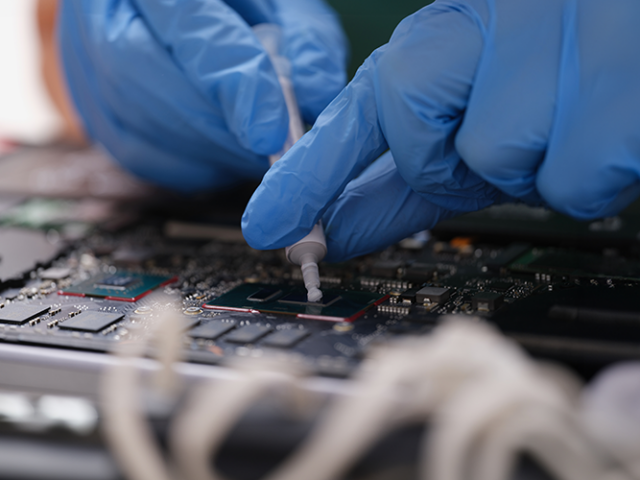For the past 50 years, researchers around the globe have been looking for a way to make lasers with silicon or germanium. A team from the Technical University of Eindhoven (TU/e) and the Technical University of Munich (TUM) has now succeeded in developing a light-emitting, silicon-germanium alloy. As a result, the development of a silicon laser capable of integration into today’s chips is within reach for the first time.
For the past half century, this insight has driven efforts by researchers to build silicon or germanium-based lasers – so far in vain. Silicon, the workhorse of the chip industry, normally crystallizes in a cubic crystal lattice. In this form it is not suitable for converting electrons into light.
Together with colleagues from the Technical University of Munich and the universities in Jena and Linz, researchers at the Technical University of Eindhoven have now developed alloys made of germanium and silicon capable of emitting light.
The crucial step was the ability to produce germanium and alloys from germanium and silicon with a hexagonal crystal lattice. “This material has a direct band gap, and can therefore emit light itself,” says Prof. Jonathan Finley, Professor of Semiconductor Quantum Nanosystems at TUM.
Source: “A new lightsource for the chip industry”, Technical University Munich




